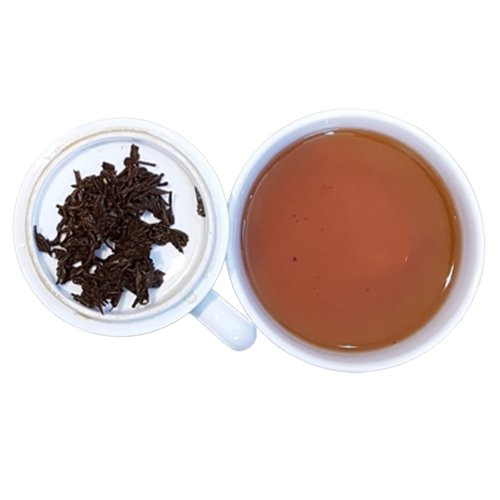Uniqueness & Specialty

Why is Ceylon Tea Unique ?
The humidity, cool temperature, and appropriate rainfall in the central highlands of the country are perfect reasons for the growth of healthy tea plants. Also, following the traditional methods and standards to grow and produce fine tea since 1880 is definitely a specialty that makes the tea tastes unique.
The micro-climatic systems of different regions provide a variety of taste, quality, and appearance for the Ceylon tea. This uniqueness further enhances Sri Lankan to provide a favorite cup of tea for every true connoisseur from around the world.
The Variations
Clustered according to the geographical nature mostly amidst mountains, namely; Nuwara Elia, Uva, Uda Pussellawa, Dibula, Kandy, and Ruhuna, these 6 agro-climatic regions offer a variety of taste, quality, and character for Ceylon tea.
While the tea plant was serving the nation momentously, it did have its own enemies as well. In 1941 Tea Tortrix caterpillar was a great threat to the tea plantation of central highlands. However, by the 1960s, the country’s tea production exceeded a staggering 200,000 Metric tons and a total of 200,000-hectare acres creating a path to become the world’s largest tea exporter in 1965.


Nuwara Elia
Located 6000ft above sea level, Nuwara Eliya offers the perfect climate not only for the tea plantations but also good reason to enjoy a hot cup of Ceylon tea.
Kandy
With tea plantations located at an elevation approximately 2000 – 4000 ft above sea level, Kandy can be considered the origin of the plantation industry of the country that started with Coffee. Under the Mid Grown Elevation category, these plantations offer full-bodied and strong tea.


Uda Pussellawa
Bordering to the lower end of Uva district and the highest point of Nuwara Eliya planting district, Uda Pusellawa receives sufficient North-East monsoon rains to produce a variation of tea that differs from the tea of Uva. The plantations closer to Nuwara Eliya produces the famous tea “Rosy Liquor”.
.
Uva
With tea estates located in an elevation 3000 to 5000 ft above sea level, July to September is considered the season that produces the best tea.




